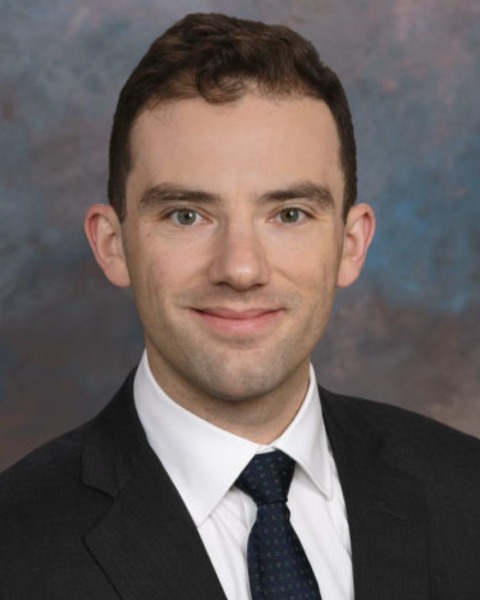Degenerative
Giant thoracic disc herniations: operative and clinical outcomes after surgical treatment
Friday, February 21, 2025

Robert Rudy, MD
PGY6 Neurosurgery Resident
Barrow Neurological Institute
Barrow Neurological Institute
Phoenix, AZ, US
Presenting Author(s)
Disclosure(s):
Robert Rudy, MD: No financial relationships to disclose
Introduction: Giant TDHs are rare lesions that occupy >40% of the spinal canal. They are difficult to treat due to proximity to the thoracic spinal cord.
Methods: A retrospective review was conducted of all consecutive patients with surgical treatment of giant TDHs from November 1, 2017, to December 1, 2023. Radiographic and clinical data were collected. Surgical and postoperative outcomes, including complications and neurological outcomes, were recorded.
Results: Fifty giant TDHs were treated in 47 patients (mean [SD] age, 55.9 [13.7] years; female sex, 23 [48.9%]). Forty patients (85.1%) had thoracic myelopathy. Thirty-one giant TDHs (62.0%) occurred below T9; 24 (48.0%) were paracentrally located within the spinal canal (type 3). Thirty six (72.0%) were calcified, and 4 (8.0%) were also intradural. Twenty-six TDHs (55.3%) were treated with a mini-open lateral retropleural approach, 20 (42.6%) with posterior approach, and 1 with an anterior thoracotomy approach (2.1%). The mean intensive care unit and hospital lengths of stay were 1.9 (1.3) and 4.5 (3.3) days, respectively. Eighteen complications occurred in 17 of 47 patients (36.2%). The mean Nurick scale improved from 2.64 (1.45) preoperatively to 1.96 (1.47) postoperatively (p = 0.03) and 1.05 (1.34) at final follow-up (p < 0.001). Thirty of 47 patients (63.8%) were discharged home after surgery.
Conclusion : Giant TDHs remain difficult to treat and are associated with a substantial risk of morbidity. This study reports safe and durable outcomes after treatment of these lesions with anterolateral and posterolateral approaches and reviews the treatment nuances of both approaches.

.jpg)